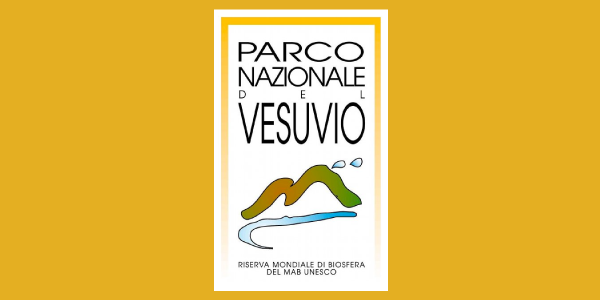The Vesuvius Observatory of Hercolaneum
The volcanological observatory belongs to the history of the volcano, but also to the world volcanology. It’s located in contrada Osservatorio in the upper part of the Municipality of Ercolano, in the territory included in the Park. It can be easily reached by following the road that climbs to the crater.
Built in the nineteenth century, it was the first volcanological observatory in the world, the site where the first seismic and volcanological research took place and various measuring instruments were tested. Great scientists like Palmieri, Melloni and Mercalli are remembered as only some of its directors.
Today it houses a museum of scientific instrumentation that was used in the past to study earthquakes and volcanoes.
The Vesuvius Observatory is the oldest volcanological observatory in the world, founded by Ferdinand II, king of the two Sicilies. When founded in 1841, the headquarters were located on the slopes of the Vesuvius.
The Vesuvius Observatory was inaugurated in 1845 during the VII Congress of Italian Scientists, held in Naples. The first director was the Parma physicist Macedonio Melloni, followed by Luigi Palmieri, inventor of the first electromagnetic seismograph (1856).
The following directors include Giuseppe Mercalli, Raffaele Matteucci, Giuseppe Imbò, Paolo Gasparini, Giuseppe Luongo, Lucia Civetta, Giovanni Macedonio and Marcello Martini. Today the museum and the historical library are located in the old site, while the laboratories and the Surveillance Centre are in Fuorigrotta (Naples).
The Observatory was built two kilometres away from the crater of Mount Vesuvius, in a historical period of enthusiasm for science in general and for studies on terrestrial magnetism in particular. The history of the Observatory since then has alternated moments of splendour with periods of decline.
After five centuries of stillness, the devastating eruption of 1631 brought the Vesuvius to an almost continuous state of activity which, at the end of the seventeenth century, led to a continuous monitoring of the phenomena to predict its behaviour, an instance that was even promoted by King Charles of Bourbon. In 1767, Giovanni Maria della Torre carried out careful studies of magnetic declinations and in the first half of the nineteenth century the Vesuvius was the most analysed volcanic site in the world, attracting scientists from all over the world, including Charles Babbage, interested in checking his heat conduction theories.
At the beginning of the nineteenth century, the scientific academies asked the various governments to build a centre where they could reside and Ferdinand II and Minister Nicola Santangelo were both supporters of the development of science and technology. In 1839 the physicist Macedonio Melloni was given the task of founding the Meteorological Observatory, which bought the magnetic and meteorological devices for Collina del Salvatore, the chosen site that corresponded to Melloni’s three requirements: “freedom of horizon, proximity of the clouds, distance from the surrounding lands”.
On 16th March 1848, the Observatory was finally given to Melloni who, however, because of his liberal ideas, after the motions of ‘48 was relieved of his post. The interest of the geophysicist Luigi Palmieri determined the fate of the Observatory, which in 1856 was completed with the construction of a meteorological tower. Palmieri created the first electromagnetic seismograph in history with which he verified the correspondence between volcanic and seismic processes. In 1862, Palmieri prepared a research programme consisting of a network of measuring stations of various parameters that are in some way useful for anticipating the volcanic activity; from that moment on a modern method of investigation was born. The Observatory and its guests also underwent some dramatic moments, since in 1872 they were surrounded by a lava wave and remained isolated for a few days.
Palmieri’s successor was the geologist Raffaele Matteucci, who appeared on the front pages of the newspapers for a bitter controversy with Matilde Serao resulting from a misunderstanding about the real intentions of Matteucci manifested during yet another eruption. [3] Giuseppe Mercalli took over and attempted to revive the state of the Observatory that had been neglected, but his tragic death interrupted his work. During the war the allies confiscated the centre; since 1983, after the bradyseism at Campi Flegrei, the operational headquarters were moved to a public building in Naples, on the Posillipo hill. Today, the headquarters of research and surveillance are in Naples, Via Diocleziano 328, while the historic site on Mount Vesuvius houses a volcanology museum where you can admire, among other things, the ancient meteorological and geophysical instruments designed by the distinguished scientists that have worked there for over 150 years.
Fonte: Wikipedia

